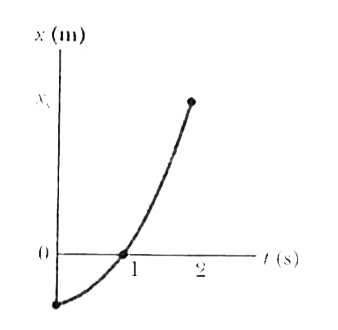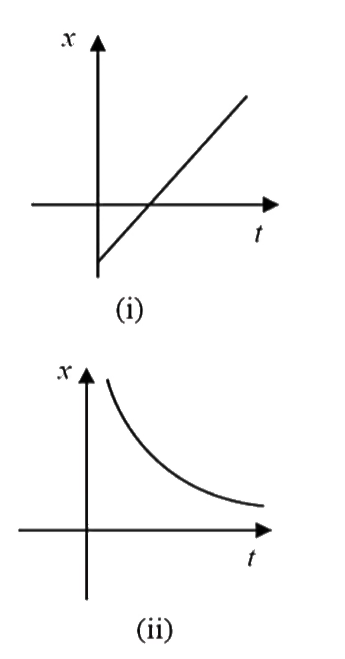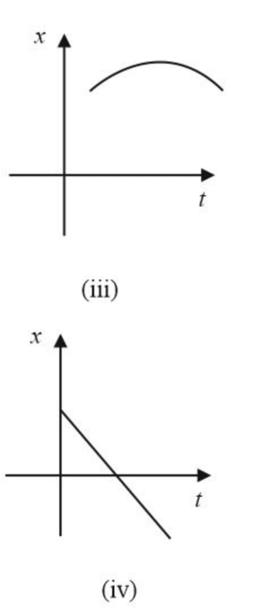Write down the three equations of motion for a particle moving with constant acceleration.
v=u+at
s=ut+12=at2
v2=u2+2as
Topper's Solved these Questions
- BOOK - CENGAGE PHYSICSCHAPTER - DESCRIPTION OF MOTIONEXERCISE - MANDATORY EXERCISE (EXERCISE SET - II)7videos
DESCRIPTION OF MOTION
- BOOK - CENGAGE PHYSICSCHAPTER - DESCRIPTION OF MOTIONEXERCISE - MANDATORY EXERCISE (EXERCISE SET - III)12videos
DESCRIPTION OF MOTION
- BOOK - CENGAGE PHYSICSCHAPTER - DESCRIPTION OF MOTIONEXERCISE - OLYMPIAD AND NTSE LEVEL EXERCISE10videos
DESCRIPTION OF MOTION
- BOOK - CENGAGE PHYSICSCHAPTER - ELASTICITYEXERCISE - OLYMPIAD AND NTSE LEVEL EXERCISES10videos
ELASTICITY
Similar Questions
Derive the following equations of motion for an object moving with constant acceleration along a straight line : snth=v0+a2(2n−1).
View SolutionFigure depicts the motion of a particle moving along an x axis with a constant acceleration. What are the magnitude and direction of the particle's acceleration ? 8 6 4 2 0 2 3 t(s) -2
View Solution
Knowledge Check
- Question 1 - Select One or More
A particle is moving horizontally with constant acceleration.
AThe sum of the horizontal components of the forces acting on the particle is not zero.BThe sum of the vertical component of the forces acting on the particle is not zero.CThe forces acting on the particle are not in equilibrium.DAll of the above. - Question 2 - Select One
If s=ael+be−t is the equation of motion of a particle, then its acceleration is equal to
AsB2sC3sD4s
Motion With Constant Angular Acceleration
View SolutionThe position, velocity and acceleration of a particle moving with a constant acceleration can be represented by :
View SolutionWrite and derive all the three equations of motion analytically.
View SolutionFigure 2−19 depicts the motion of a particle moving along an x axis with a constant acceleration. The figure's vertical scaling is set by xs=6.0m. What are the (a) magnitude and (b) direction of the particle's acceleration ?
 View Solution
View SolutionWhich of the following graphs represents the motion of a particle moving with constant velocity?

 View Solution
View Solution1-D Motion (Constant Acceleration)
View Solution

